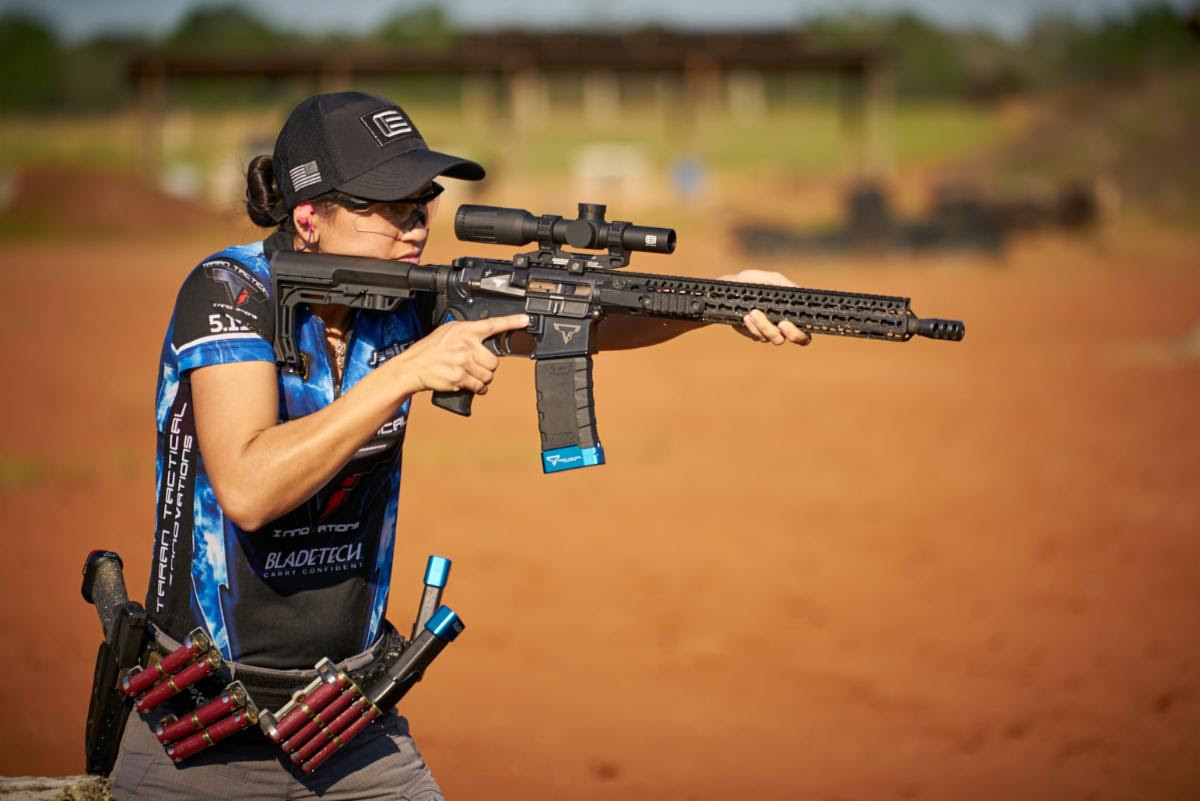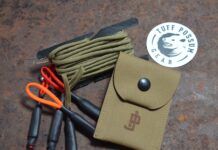
I see this question popping up in forum and groups a tremendous amount these days, and the consensus is… well… not a consensus. With the rise of the LPVO as the general rifle optic we look at the two variants.
Most optics providers offer both varieties of scope in various magnification ranges now, but speaking of the LPVO variety specifically… which is ‘better’?

As with all things. End use matters.
SFP: The Variable Red Dot
These easiest way to think about Second Focal Plane LPVO’s are as variable magnification red dots. The important point is the center, so if illumination is good, the reticle design is good for driving you onto the target, and the design hold the durability you require, it is a solid SFP design.
Second Focal Plane offers several strengths.
- Higher light transmission for a brighter sight picture due to less lenses.
- Reticle simplicity
- Higher battery life for illuminated reticles
This makes the SFP optics like the VUDU 1-8, Sig Tango6T S-VPS, and Razor Gen-II E very versatile options to employ on rifles where a red dot could otherwise suffice. They are a ‘Red Dot w/ Magnifier+’, the goal is in their construction is to have that 1x setting as reflex optic like as possible. Simultaneously the magnified view should offer the advantages of a consistently clean reticle with the ability of the end user to simply stop at the sight picture size they need and get back on the center.
Maximum magnification will have some ranging and scaling benefits depending upon the reticle, but that is not the primary purpose of the scope. The scope is to get you a clean center focused sight picture and do so rapidly.
Optics like the Sig Tango6T S-VPS and Vortex Razor Gen II-E are exceptional at this.
FFP: Short Range Precision
Front Focal Plane optics, even those with magnification ranges equivalent to second focal plane, have a different goal in mind when it comes to their employment. Their reticles scale to the optic image so the end user can always use their measuring features, regardless of the magnification setting.
This offers a less complex conversion for users, which is a benefit the Army and Marines both saw in their optic selections of the DVO and SCO.
Additionally the design lends itself to more complex glass etched reticles that can deliver the shooter a lot of information at higher magnifications, including a grid version of elevation and wind holds for greater distances beyond the POA/POI zone that exists between 0-300 meters (roughly).
The additional lenses required to produce the front focal image also produce a slightly darker sight picture, when comparing similar models. The Tango6T SFP’s are brighter than the Tango6T FFP’s for example. But this is mostly a notable item to the eye and doesn’t impact shooting. The FFP’s are still useable in low light conditions, dawn/dusk. Reticle illumination is also nearly universally poorer
Choose by use
The critical question: Do you need the constant scaling of the reticle or do you need the bright center focus/illumination? Do you need the precision of a precise reticle system, even at moderate distances, or do you need the snap in ability of a bright dot/crisp simple reticle, but with the option to magnify?
Are you running it more as a shorter distance precision optic? Are you running it as a red dot or reflex optic with magnification?
Does your user base benefit from one more than the other if you are looking at equipping a group? Another critical question is the skill and understanding of the user base. It’s one of the reasons I can see why SOCOM picked an SFP optic while the general forces of the USMC and US Army chose front focals. Understandable as the scaling is more intuitive for the mind to comprehend and keep track of. It is easier to tell the soldier the reticle is 1 MOA or .2 MIL and that simply be a fact instead of it is only 1 MOA or .2 MIL at maximum power.
“That should be easy!” you might say.
But it is one more thing a shooter has to remember to accommodate for and it may not work so hot. Sure, knowing that at 1x the center dot is 6 MOA and at 6x it is one is great, but then at 2x it is 3 MOA and at 3x 2 MOA and trying to do quick math at 4x and 5x gets even more fractal. Add into that the distances to any substensions in the reticle itself (usually few in SFP optics) and the math becomes intensive as you a running conversions. But a center hold is still a center hold and knowing the measurements at maximum magnification, where your drops might start coming into play at 200-600 yards, you can max the optic to take the shots without a ‘too much zoom’ factor.
Now instead think of needing to track a very precise adjustment at 86 yards, or if the POI shifts an inch to an inch-and-a-half if the target was at 74 yards but moved to 119 yards. When dealing with small changes but at moderate distances a scaled and precise reticle might be the ticket to ease of making a shot, when those few inches of vertical travel do matter.
It can also matter when dealing with simplifying the equation for less experienced shooters. Giving them a 2 – 3 – 4 – 5 for 200, 300, and so forth, while having those always correspond to those distances simplifies training on known distance ranges. Soldiers shoot a lot of known distance, Marines too. Many of their basic qualifications are known distance slow fire, not snap shots. The reticles usually have a obvious central point that gives a snapshot point of aim for lower magnification levels, but the greater distances are what will be more often utilized.
So, choose by your use. Pick what makes sense. For many civilian applications, SFP is probably the way. For others, FFP makes perfect sense.
And for most, either will do. So don’t sweat it.



